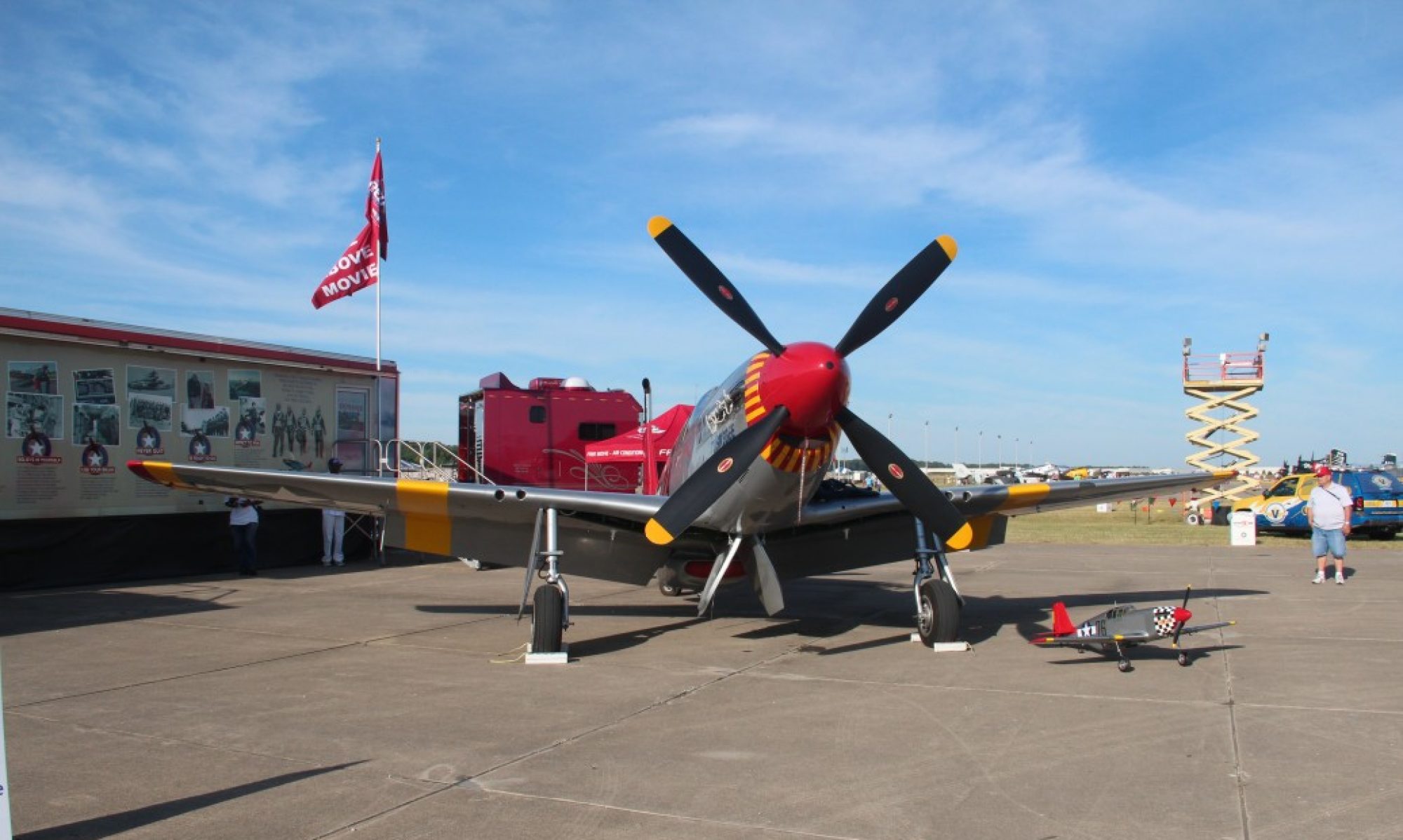At my local RC Club we have had several of the Alpha 40 RTF trainers (the orange model) used by students while learning to fly. In general, these have been excellent flying airplanes. Stable and well behaved with the included Evolution engine providing more than adequate power. We usually ended up swapping the three blade prop for a 2 blade, especially if the 3 blade got broken. Two blades are more efficient and much more widely available. We would often eventually remove some of the limiters on the motor (needle valve collars) to get more power out of the engine as well. After all, to much power is almost enough! Generally these planes have been pretty trouble free and fly well.
Given all of this, when one of our younger members lost his Alpha to a battery problem another was purchased and the job of assembly was mine. We presumed the new ARF would fly similar to the old RTF… especially using the same motor, servos etc… Pretty much everything except the battery, switch and one of the servos survived and was moved to the new plane. As I was building the new airplane I noticed they had redesigned the firewall and added a bottom hatch (surely a side effect of adding an electric power option, which I applaud).
Unfortunately I also noticed a few issues I was not particularly happy about. First, the throttle rod routing is not ideal. This is not the first plane I’ve seen with this problem so I did a bit of creative warping and rigged up something that was workable. I’d recommend skipping installing the rod and substituting a cable type linkage to make the throttle linkage work with much less binding. Likewise, the nose steering rod binds. For this one it appears to be a problem with the routing of the rod combined with the flat ground on the steering strut and the straight steering arm. As the arm rotates back toward the firewall, the wire binds against the edge of the guide and puts a lot of stress on the rudder servo. If you position everything perfectly and limit the end points during your radio setup you can get a workable setup. Luckily, there really isn’t much travel needed on either the rudder or the nose wheel so I managed but this seems like a poor design to expect a beginner to be able to successfully handle.
Another of our members suggested the use of an offset steering arm might accomplish the relief of this stress and allow for more travel. I think it is certainly worth trying. In the meantime we had a workable arrangement if not ideal. Onward to the test flights.
A bit of tweaking, a balance check and the usual post build checks and we made a few test flights. At that point, we started to notice a pattern of difficult takeoffs followed by lots of trim inputs, etc… This was not good. We couldn’t hand this ill behaving plane to our young member and expect good results. He was still just getting comfortable flying without an instructor and not ready to handle this ill behaved ship.
It took a lot of left rudder to keep the plane flying straight down the runway and if it was trimmed for straight takeoff rolls the plane would constantly turn in the air and had to be re-trimmed for straight and level flight. We tried many different adjustments, re-aligning the front wheel and rudder several times, trying various landing gear bends, insuring the wing was centered etc… but we could not keep the plane from at least often, if not always, veering sharply right when it was near rotation speed. We also tried to add some lead to the left wingtip after noticing the right main wheel often stayed on the ground longer than anything else which seemed to help.
At that point we tried another Alpha wing which did NOT resolve the issue entirely even though after it was removed it was proven the first wing was very off balance… being heavy on the right wingtip. This is an ongoing investigation at this point but after spending 3 hours working with 2 other RC pilots with probably 50 years RC experience between us… it makes me wonder what would cause this plane to act so oddly during takeoff. I don’t believe the new Alpha ARF has this problem generically… it’s just this particular model that is vexing us I’m sure. Once we figure it out… or get tired of this and just move on to another trainer… I’ll post an update.
For now, I can honestly say the Alpha 40 ARF doesn’t seem to be quite as good as the predecessor RTF model but is still a pretty good deal for the price and the only downsides should be readily avoidable if you know what to watch out for and spend just a few extra dollars on a throttle cable and a different steering arm! Hopefully with these tweaks you can assemble a good flying airplane suitable for a beginner and still enjoyed by those of who have been flying for 15 years or more.

Quick update on the Alpha. After a few adjustments along with a new wing provided by the manufacturer, the Alpha is now flying well and my fellow club member is back to happily boring holes in the sky. Hopefully this was just an aberration and most Alphas will come out of the box and fly well the first time up.